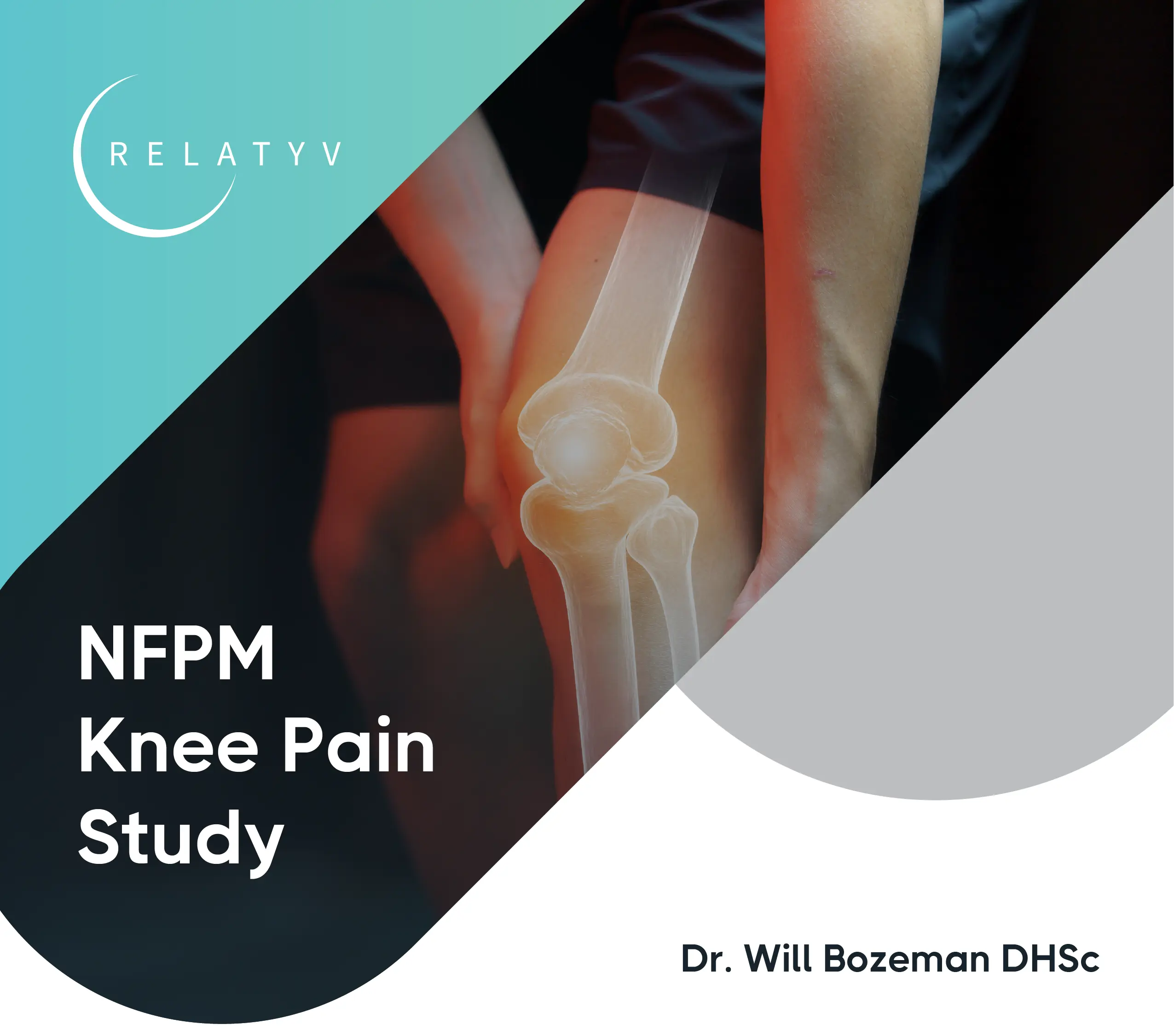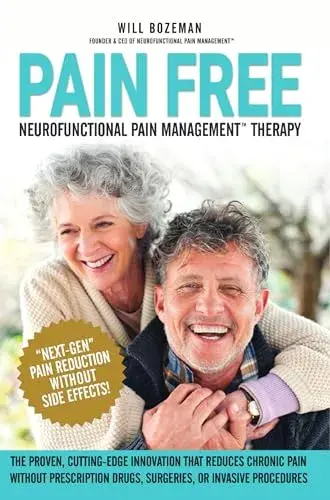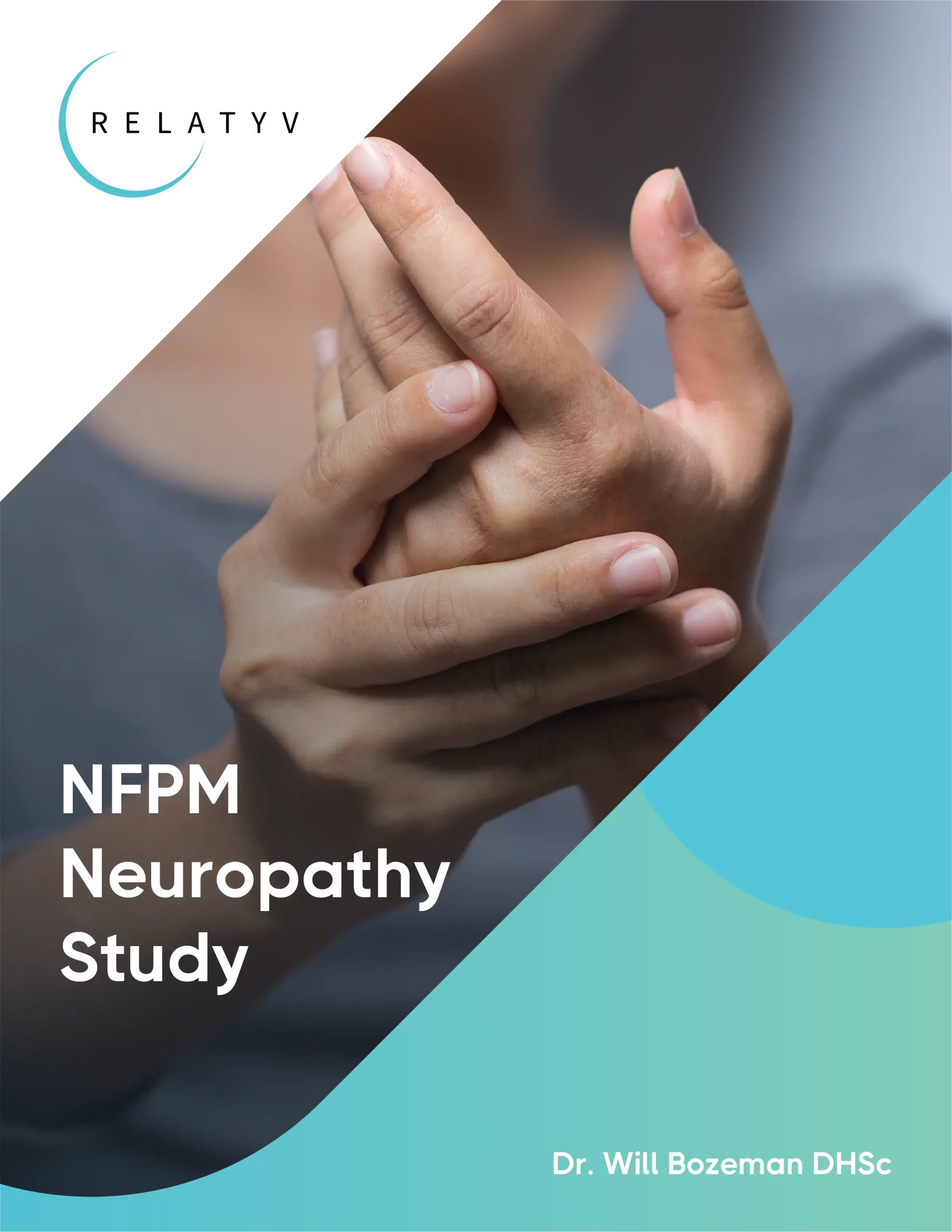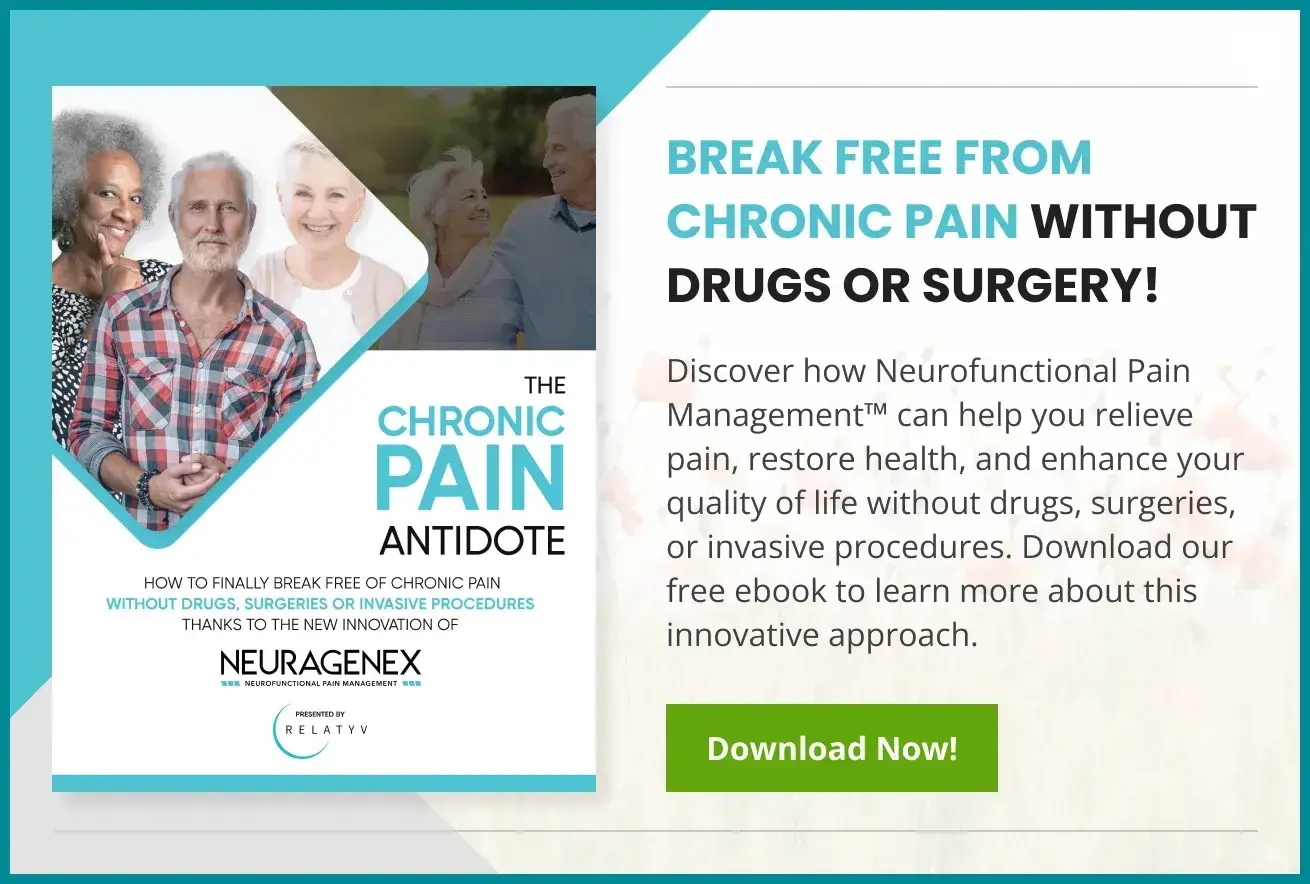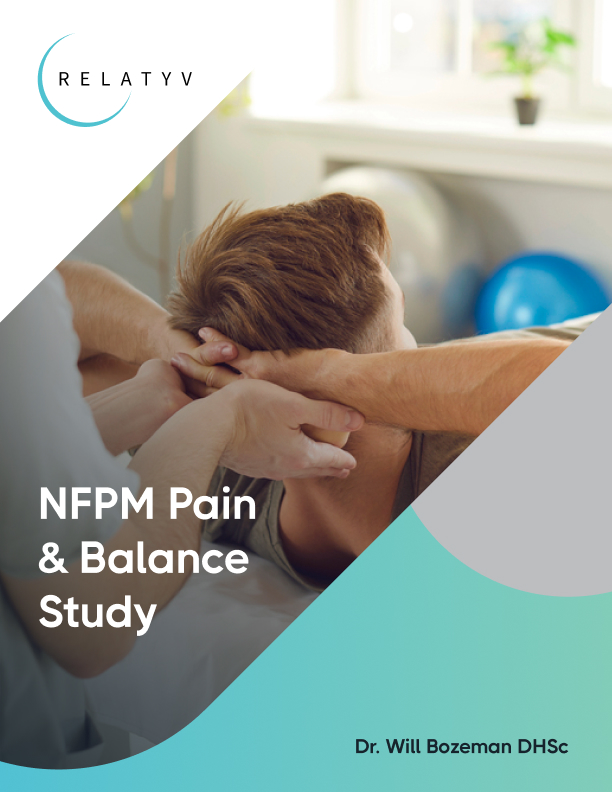
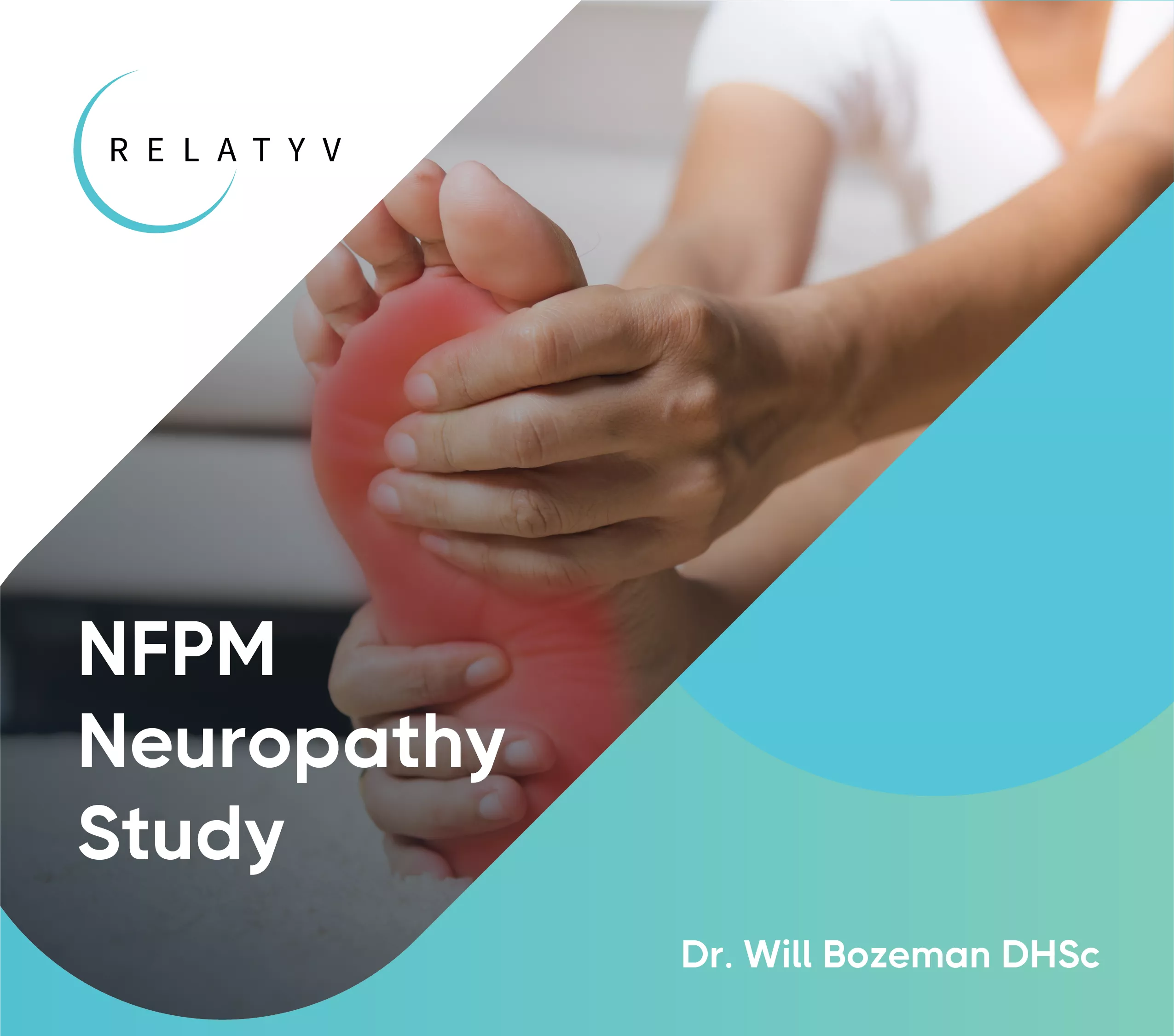
Abstract
Neurofunctional Pain Management, NFPM, a non-pharmaceutical, non-surgical, non- invasive, and non-chiropractic therapy protocol consisting of a combination of electroanalgesia therapy, IV nutritional hydration, and health coaching, has shown to be an effective method of chronic pain treatment for chronic peripheral neuropathy in participants who completed a normal course of therapy. NFPM was shown to produce a reduction in chronic peripheral neuropathy pain by 67%, representing a 5.36 point drop on a standard 0-10 pain scale. Chronic pain relief success as represented by a 30% or greater reduction in pain was present in 92% of participants. This study shows that NFPM may be an effective treatment option for patients suffering from chronic peripheral neuropathy.
Introduction
Chronic Peripheral Neuropathy, CPN, is a debilitating pain condition affecting many patients. CPN presents significant challenges for medical providers. Traditional pharmaceutical therapies are often ineffective, may reduce in efficacy over time, and frequently create undesirable side effects and medication interactions. Non-pharmaceutical treatment options for CPN rare and often do not provide the relief sufficient to impact the patient’s quality of life.
Most pain management providers would define pain relief success with a chronic pain condition to be anything greater than a 30% reduction in pain. According to a study published in The Journal of Pain, a 30% or greater reduction in pain resulted in a pain relief outcome that the patient felt was significantly valid in improving their quality of life. “Changes of approximately 2.0 points or 30% to 36% represent “much better,” “much improved,” or “meaningful” decreases in chronic pain, and a decrease of ≥4 points or ≥50% appears to represent a substantial (“very much improved”) change in pain, 1 which patients have also considered “treatment success” 112 or “satisfactory improvement.” (Dworkin et al., 2009).
Neurofunctional Pain Management, NFPM, presents as an impressive alternative to pharmaceutical and conventional pain treatment options. NFPM is a combination of high-frequency high-pulse electroanalgesia electrical currents which penetrate into deep tissues to create neural tissue modulation and sustained depolarization, specialized vitamin/mineral IV hydration, and targeted health coaching to produce effective and lasting pain relief for patients suffering from CPN.
This combination of therapies that comprise the NFPM protocol produces a substantial pain relief effect as demonstrated by the study data. Patients engaging in NFPM treatments for peripheral neuropathy pain may experience a pain reduction of greater than 60%. This level of pain relief derived through non-pharmaceutical options offers providers an excellent opportunity to help their patients who suffer from debilitating chronic peripheral neuropathy, particularly when pharmaceutical options have proven ineffective, and dosing of various medications poses too great a risk to the patient.
Methods
This study consists of secondary data collected from medical practices conducting a six- week Neurofunctional Pain Management treatment protocol. Patients in this treatment protocol were screened by a qualified medical provider and were issued orders for a treatment program that consisted of two treatment events per week. Each event consisted of a 53 min treatment cycle of electroanalgesia therapy with one of these events including a concurrent one liter vitamin/mineral blend IV infusion. The patient also received one hour of health coaching each week while in the program. This combination of activities resulted in the pain relief outcomes demonstrated by the results data shown below.
Results
This study consisted of 25 participants with Chronic Peripheral Neuropathy and revealed that after completing six weeks of NFPM treatment the average pain reduction point drop was 5.36 on a 0-10 pain scale. This reflects an average 67% pain reduction average for the entire population of the study. Using the recognized pain relief success metric of a 30% or greater reduction in pain, this study demonstrates a 92% success rate of relieving Chronic Peripheral Neuropathy Pain.
| Condition | Sequence | Sex | Pre Pain Score | Post Pain Score | >30% Reduction |
|---|---|---|---|---|---|
| Neuropathy | 1 | F | 6 | 4 | 1 |
| Neuropathy | 2 | F | 9 | 0 | 1 |
| Neuropathy | 3 | M | 7 | 2 | 1 |
| Neuropathy | 4 | F | 8 | 4 | 1 |
| Neuropathy | 5 | F | 5 | 0 | 1 |
| Neuropathy | 6 | F | 10 | 2 | 1 |
| Neuropathy | 7 | F | 9 | 2 | 1 |
| Neuropathy | 8 | M | 8 | 8 | 0 |
| Neuropathy | 9 | M | 8 | 4 | 1 |
| Neuropathy | 10 | M | 2 | 2 | 0 |
| Neuropathy | 11 | M | 8 | 2 | 1 |
| Neuropathy | 12 | F | 10 | 7 | 1 |
| Neuropathy | 13 | F | 9 | 2 | 1 |
| Neuropathy | 14 | M | 9 | 1 | 1 |
| Neuropathy | 15 | M | 10 | 4 | 1 |
| Neuropathy | 16 | M | 8 | 0 | 1 |
| Neuropathy | 17 | F | 10 | 2 | 1 |
| Neuropathy | 18 | F | 8 | 3 | 1 |
| Neuropathy | 19 | F | 6 | 2 | 1 |
| Neuropathy | 20 | F | 8 | 1 | 1 |
| Neuropathy | 21 | M | 8 | 4 | 1 |
| Neuropathy | 22 | M | 7 | 4 | 1 |
| Neuropathy | 23 | M | 9 | 3 | 1 |
| Neuropathy | 24 | M | 8 | 1 | 1 |
| Neuropathy | 25 | F | 10 | 2 | 1 |
| Averages | 8 | 2.64 | |||
| Average pain score point reduction | 5.36 | ||||
| Average pain reduction by percent | 67% | ||||
| Number of Participants with a 30% or greater reduction in pain | 23 | ||||
| Percent of Participants with a 30% or greater reduction in pain | 92% | ||||
Discussion
These data conclude that Neurofunctional Pain Management may be a significant contribution to the treatment of CPN. Pain score data is collected at each treatment event, making it convenient to identify. A wide range of health improvements and quality of life improvements reported by participants as a result of the NFPM treatment program are improved sleep, reduced stress, improved breathing and even reduced blood pressure. None of these topics were included in this study as data points due to this study being comprised of secondary data with no additional access to records to determine the significance of these additional quality of life improvements.
Further research is needed to determine if NFPM should be considered a standardized treatment protocol for CPN generally. Additionally, further research is needed to determine if NFPM should be considered the first line treatment option before prescribing pharmaceutical options or engaging in surgery or interventional procedures. With the efficacy rate shown in this study, and knowing that NFPM is a non-invasive therapy, it is possible that NFPM could be integrated into the medical decision-making process as a required therapy option prior to the allowance of invasive surgery or interventional procedures.
Considering the side effects and drug interactions prevalent with pharmaceutical options for CCPN, and given the non-pharmaceutical nature of NFPM, it is also possible that this therapy option could become the primary standard of care for CPN prior to a prescribed pharmaceutical. More research is needed to establish the feasibility of NFPM as a primary option standard of care before the consideration of a pharmaceutical option.
Conclusion
Neurofunctional Pain Management has shown to be a viable treatment option for patients suffering from Chronic Peripheral Neuropathy, showing a 92% success rate in substantially reducing chronic pain in patients with CPN. NFPM may be able to replace many current conventional therapies for CPN. NFPM may offer patients and medical providers with a better first choice treatment option that is non-pharmaceutical, non-surgical, and non-invasive.
References
Dworkin, R. H., Turk, D. C., McDermott, M. P., Peirce-Sandner, S., Burke, L. B., Cowan, P., Farrar, J. T., Hertz, S., Raja, S. N., Rappaport, B. A., Rauschkolb, C., & Sampaio, C. (2009). Interpreting the clinical importance of group differences in Chronic pain clinical trials: Immpact recommendations. Pain, 146(3), 238–244. https://doi.org/10.1016/j.pain.2009.08.019
Schwartz, R. G. (1998). Electric sympathetic block: Current theoretical concepts and clinical results. Journal of Back and Musculoskeletal Rehabilitation, 10(1), 31–46. https://doi.org/10.3233/bmr-1998-10105


